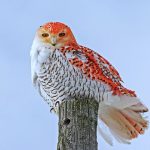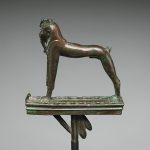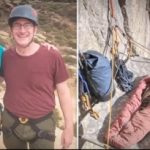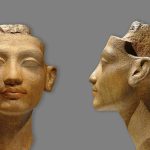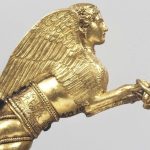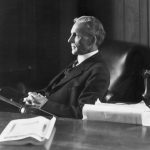The Apache: Masters of Survival and Spirit
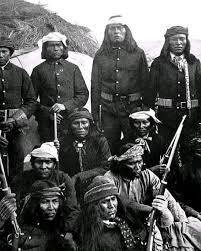
The Apache: Masters of Survival and Spirit
The Apache were never only survivors—they were masters of survival.
While outsiders labeled them “Apache,” from the Zuni word Apachu, meaning “enemy,” they knew themselves as Diné—“The People.” Seven distinct tribes carried this identity: Chiricahua, Jicarilla, Kiowa-Apache, Lipan, Mescalero, Coyotero, and Navajo.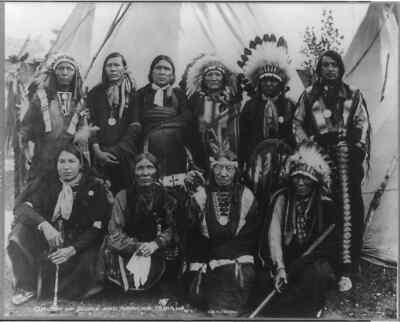
Their language, belonging to the Athabaskan family of the far north, held echoes of long migrations across the continent. With it came a heritage of endurance and adaptation, deeply tied to land and memory.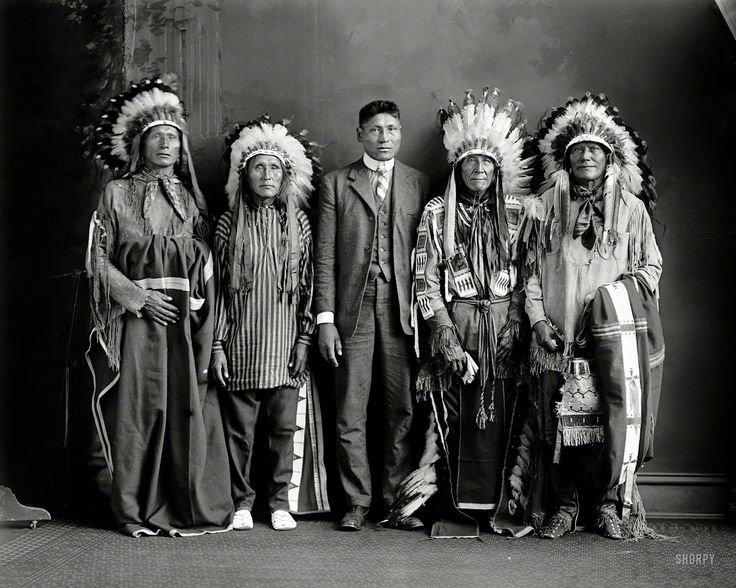
Life in the harsh desert demanded resourcefulness. The Apache thrived through hunting, gathering, and—when survival required—raiding. They did not merely endure the desert; they mastered it.
Spiritual belief bound them to the natural world. The eagle and falcon symbolized the skies, the cougar and coyote represented the desert, the bear and the bison embodied the strength of mountains and plains. Each animal was sacred, a guide and protector.
On the battlefield, the Apache were unrivaled. Their tactics blended stealth, speed, and precision. With bows tipped in poison, spears, and knives, they honed the deadly art of the ambush. Spanish colonists, Mexican soldiers, and American armies all came to fear their resolve.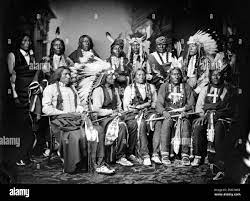
To their allies, the Apache were guardians. To their enemies, they were shadows—swift, invisible, unstoppable.
And to history, they remain what they always called themselves: The People—a nation that would not bow, carrying forward a legacy of strength, spirit, and unyielding survival.


